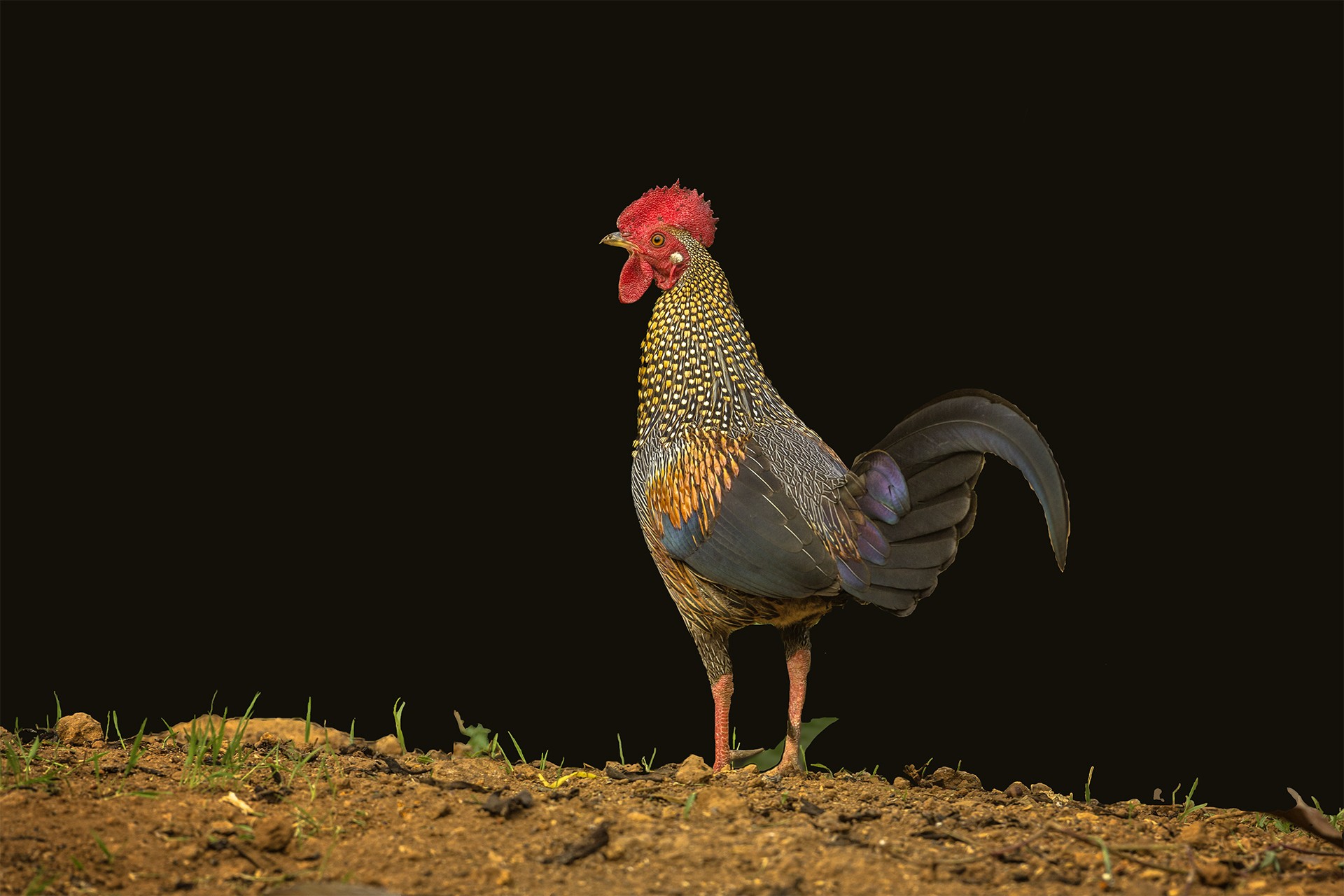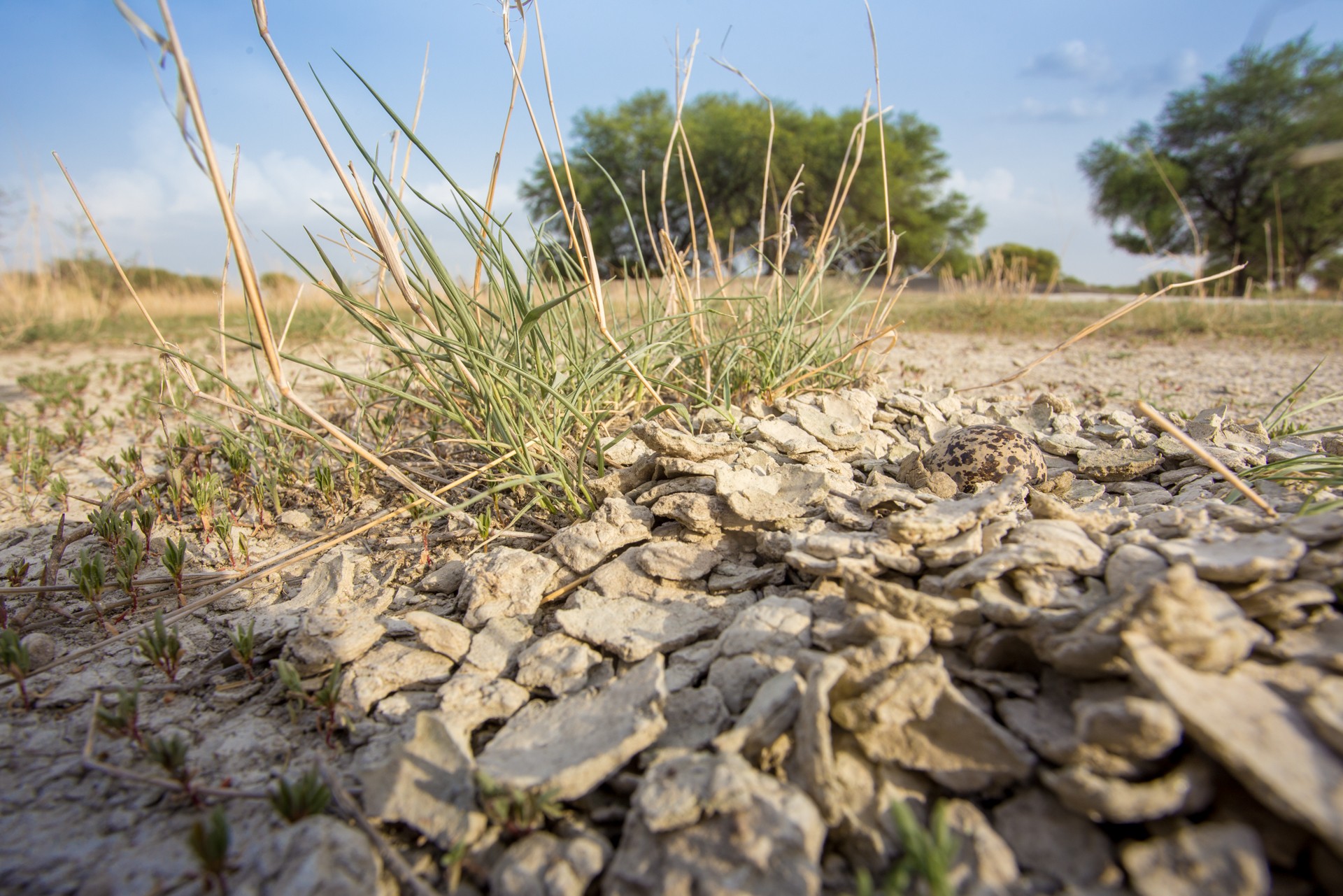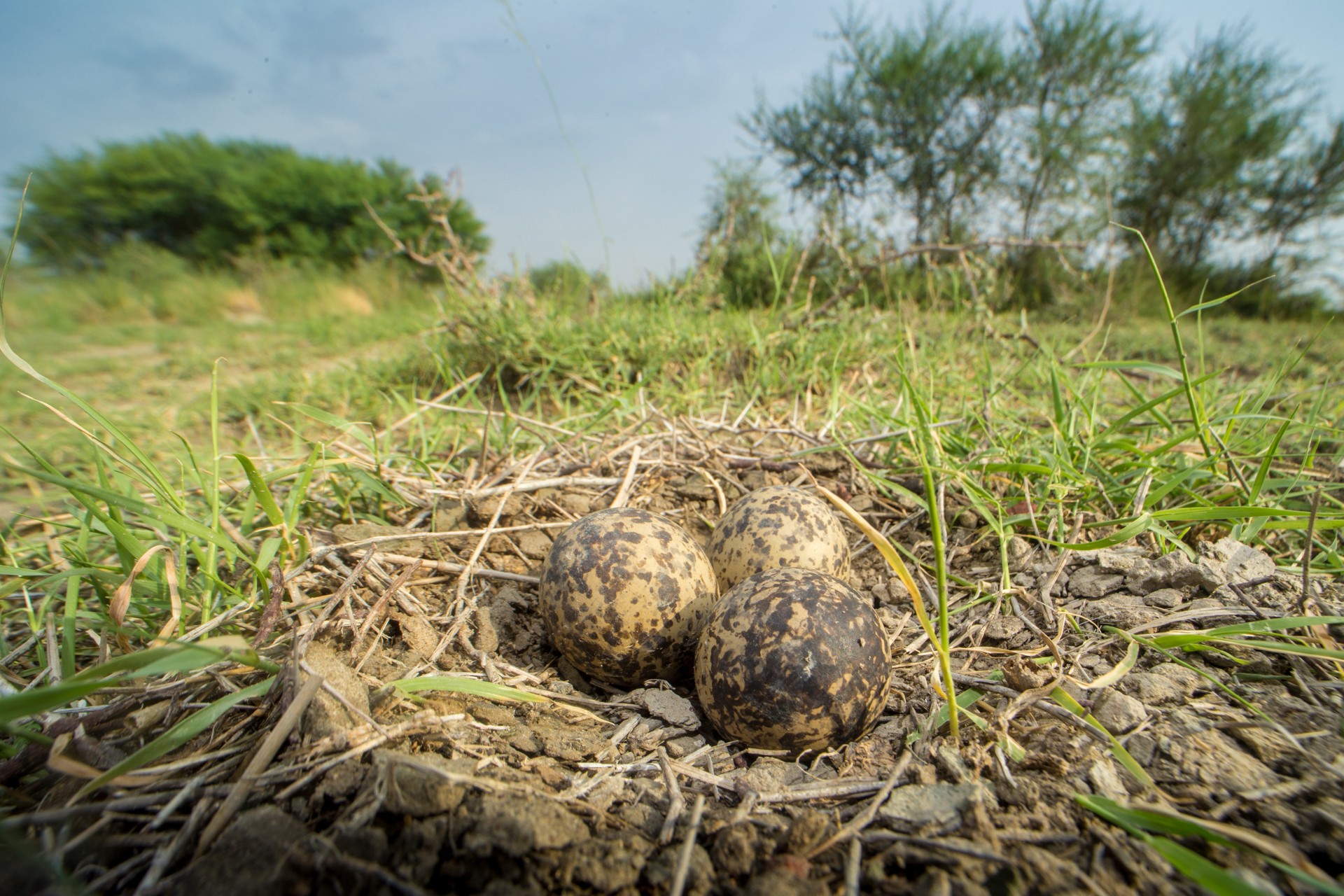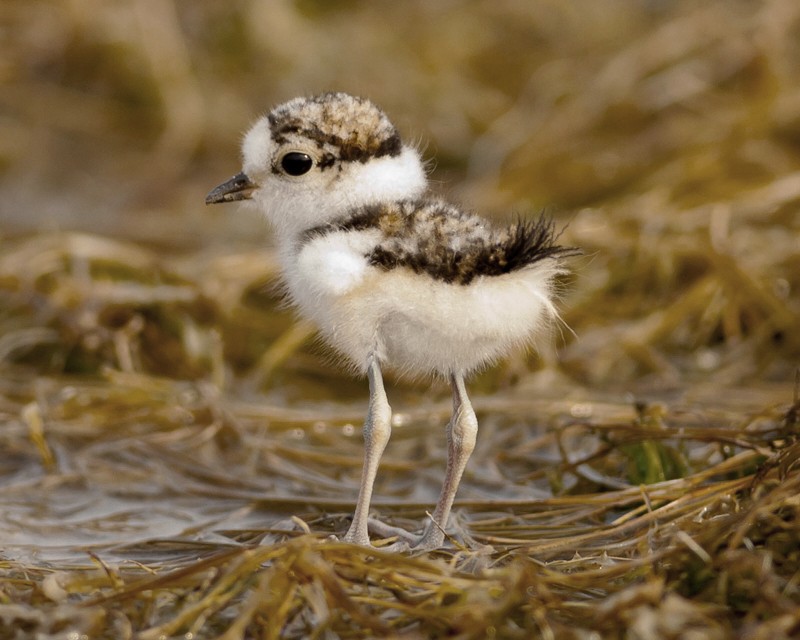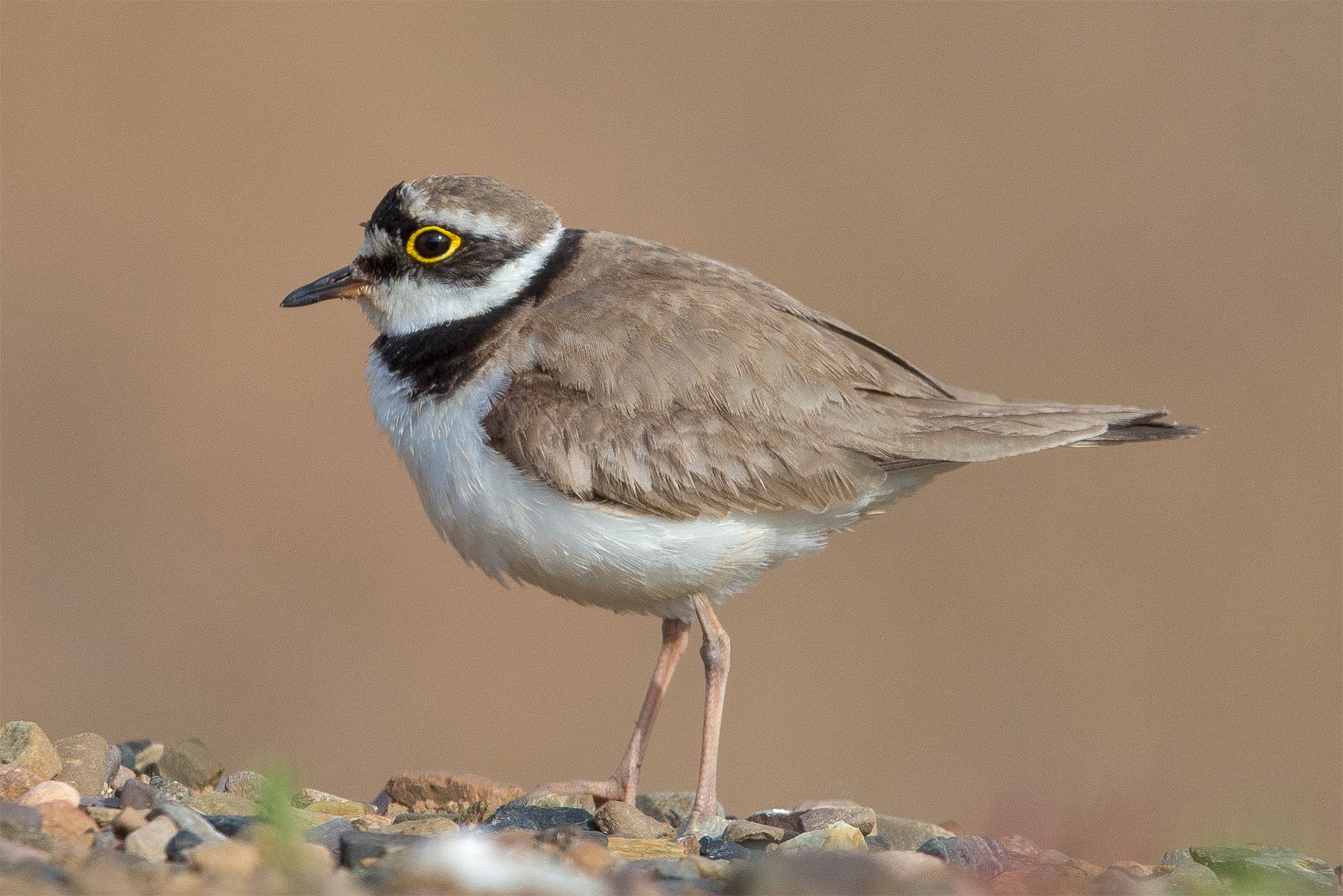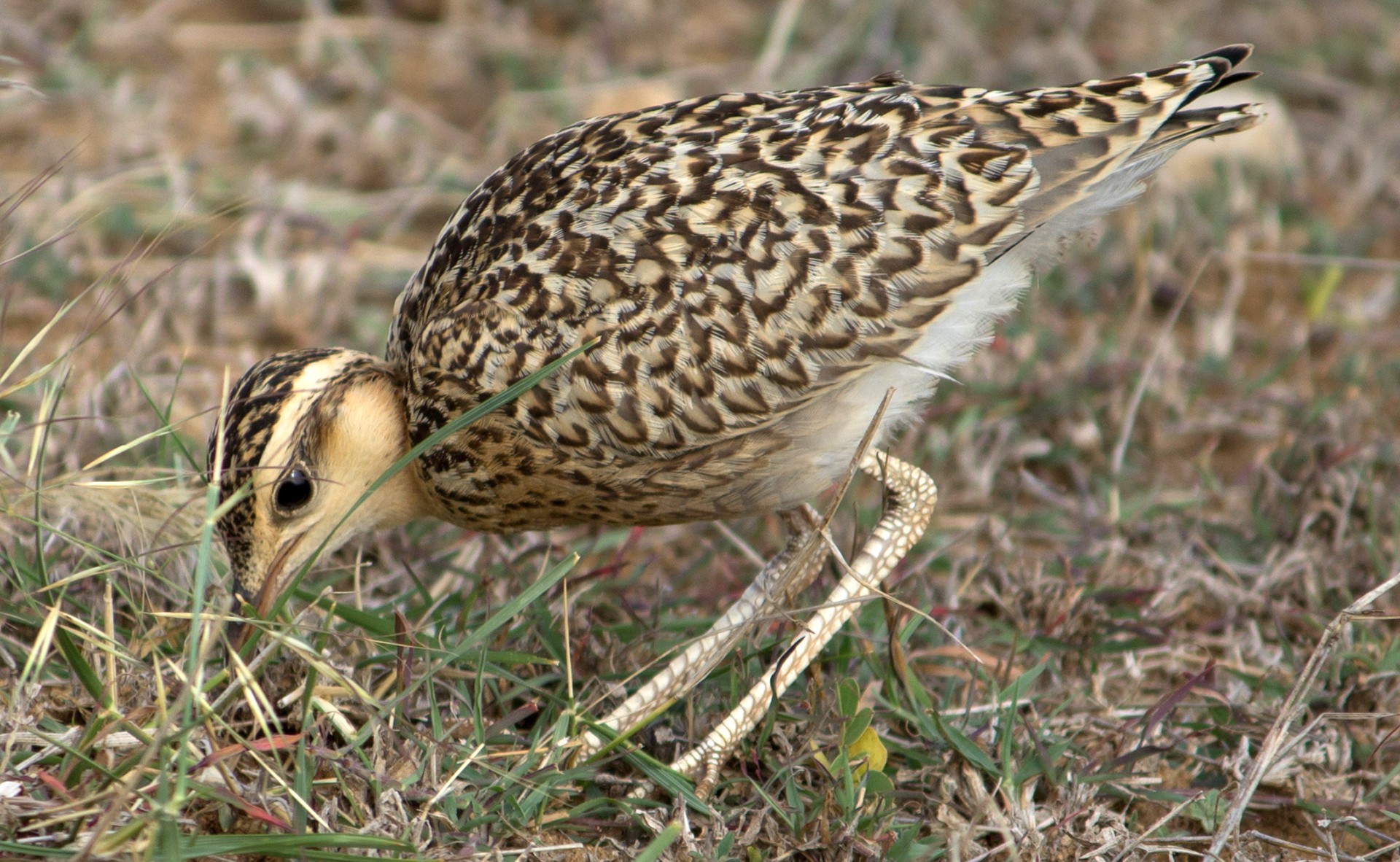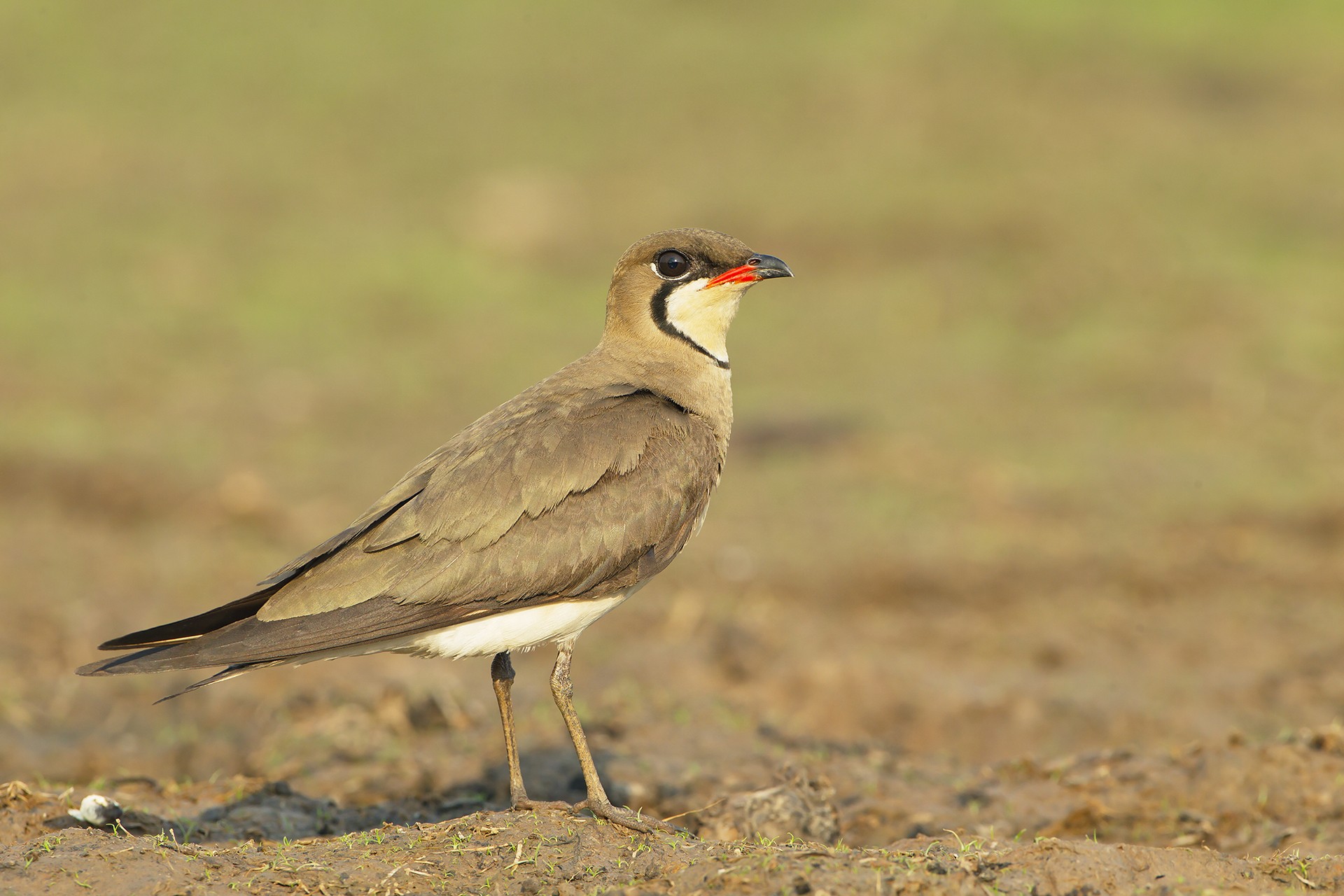Dear Anshul,
I learned that you are curious about birds that feed and nest on the ground. I also learned that you became interested to know more after watching Indian Coursers. They are fantastic birds, aren’t they? I like ground-dwelling birds too, and find their lifestyle is quite fascinating. I will try to explain more about them to you.
Why do they feed on the ground when they can go and feed high up in the trees? Assume that we are both in a food court in a mall. There are chairs and tables to sit and eat at, but they are full. There are also tables where people can eat standing, but they are also packed. There is plenty of place on the floor though, and so we choose to sit on the floor and relish our food. During our subsequent visits, even when there is place available at the dining table, we sit on the floor because we like it. Slowly, we come to prefer this way of eating. Like us, birds also do things according to their convenience. Ground-dwelling birds feed on the ground because this way they can avoid competing with other birds that are feeding on trees, and they find their favourite foods not in the branches of a tree, but on the ground.
What features help them find food on the ground? Ground-dwelling birds have developed certain features and characteristics that help them find food quickly and easily. For example, birds like Indian Coursers, Red-wattled Lapwings and Yellow-wattled Lapwings have long legs and can run really fast to catch insects moving on the ground. Some birds like sandpipers and plovers mainly look for food along the banks of ponds, rivers or the seashore, and have long and narrow beaks to probe into the sand or muddy soil to capture the insects living there. Some of these shore birds have especially sensitive and movable bill tips, to grasp food under the mud or water. Birds like Grey Junglefowl and Grey Francolin that live in forests do not have long bills, but they have very sharp claws. They scratch the ground with their claws to dig out the insects and peck at them. You may have seen this behaviour in poultry chickens. Birds such as Indian Stone-curlew that are active at night have large eyes, so they can see well enough to catch the insects running on the ground in the dark.
How do they manage to protect the eggs laid on the ground? Some people find the ground-nesting and egg-laying behaviour of Red-wattled Lapwings and Indian Coursers worrying. They wonder how they survive, when other animals can come and eat the eggs or even step on them and crush them. But these birds are very clever. Their nests are home to their future generations, and they know it. These birds protect their nest in various ways. One way is camouflage. The colours and markings of ground birds’ eggs blends with their surroundings, which makes it very difficult for predators to spot them. Even the nests are never big or obvious. I’ll tell you about my own experience with a cute Little Ringed Plover. Several years ago, I was walking along the sandy banks of the Kaveri river near Hoggenakal. At one spot, the ground was covered with small pebbles; I happened to notice three eggs in a shallow cavity. It was very well camouflaged with the surroundings. I looked around and noticed a Little Ringed Plover a short distance away. This bird walked a few steps, then sat on the ground, shifting slightly as if adjusting herself while sitting on her eggs. I thought there was another nest there, and I slowly walked in her direction. The bird flew away at my approach but I did not find any nest or eggs in the spot where she had been sitting. Again, the bird walked a few metres and sat on the ground, as if incubating her eggs. This time I didn’t walk towards her, but sat down to observe. After about fifteen minutes the bird slowly stood up and walked away. Again, I did not find any nest or eggs in the second spot. I gave up and decided to go back to the original place where I had spotted the eggs. I may have walked about 50 metres or so away from it. But when I went back, I could not locate the eggs! The clever little plover had tricked me to get away from its nest. All I could do was to stand there in amazement and smile.
Pratincoles, too, are another group of birds that nest on the ground. If we happen to get too close to a pratincole nest, the bird acts as if its wing is injured to distract intruders and lure them away from the nest. This is called broken wing display – in fact, Indian Coursers and Black-winged Stilts do this too. Some birds, like the Red-wattled Lapwing, get angry if anyone goes close to their eggs. They call loudly and fly above the intruder. They may even try to attack.
How do ground-nesting chicks differ from other young birds? Have you seen house sparrow chicks? When they are newly born, their eyes are closed and they don’t have any feathers. So the father and mother house sparrows keep them safe inside the nest and bring food for them. But nature has ensured that young ground-nesting birds can walk and run immediately after they hatch. They can even feed themselves, with a little help from their parents. I am sure you would have seen poultry chickens do this. The young ones are also very well camouflaged. Their feathers have patterns and colours that help them blend in with their surroundings. If they anticipate any danger, they crouch down, motionless, usually close to some vegetation, which makes it very difficult to spot them.
Of course, there are some exceptions. Not all birds that nest on the ground feed there and vice versa. For instance, pratincoles and nightjars feed on flying insects in the air and nest on the ground. Some birds like tragopans mostly feed on the ground but nest in trees. Most ground birds, including all the ones I’ve written to you about so far, sit on their eggs and incubate them with their body heat. But Nicobar Megapode, which is found only in Nicobar island, is different. It lays its eggs and then builds a large mound of soil and vegetation around them. The eggs hatch by the heat produced by decomposition. Newly hatched chicks climb out of the mound and at once, they are capable of flight.
Ground-dwelling birds do face threats on the ground. Despite their best efforts to protect their eggs, ground-dwelling birds’ nests are at risk of getting eaten or trampled by other animals. Natural disasters such as fires, floods and tsunamis do affect them. But these things happen in nature. However, when we convert their natural habitats of riverbeds, grasslands and scrub jungle into agricultural land, or turn them into human settlements, we too are a threat to ground-dwelling birds. Setting aside their dwelling places would be helpful for their long-term survival. Sometimes, certain birds can adjust to the changing environment. In Mumbai, a Red-wattled Lapwing was seen nesting on a roof made of asbestos! But not all birds are so adaptable. Birds like Great Indian Bustard and Jerdon’s Courser are very affected by various human activities. I understand that these things can worry us. But my suggestion is, don’t be saddened by thinking too much about these threats right now. Instead, enjoy watching these beautiful birds, learn more about their peculiar behaviours, and note down your observations in a field notebook. Keep your interest alive, and when you grow up, maybe you can help these birds in some way.
I wish you all the best.
Jegan
Other stories in this Guest Editor package:
Guest Editor Diaries: Starry-Eyed About Ground Birds: Seven-year-old Anshul Vaidya assigns stories to the NiF team.
Trek Or Treat?: Editor Anshul Vaidya writes about his overnight trek to Harishchandragad, one of his favourite places to be.
The Stars Of The Sea: Marine biologist Vardhan Patankar tells us why starfish have been fascinating people for centuries.
See, It’s A Sea Turtle! Also Starring Starfish: Bijal Vachharajani lets us in on a little tale that's all about beach creatures.
